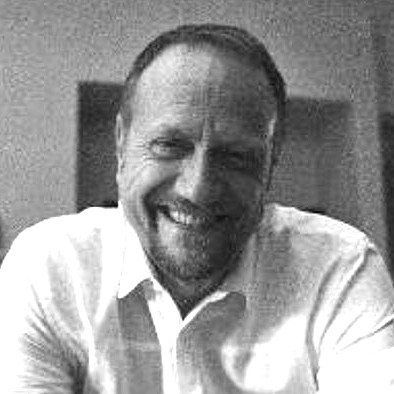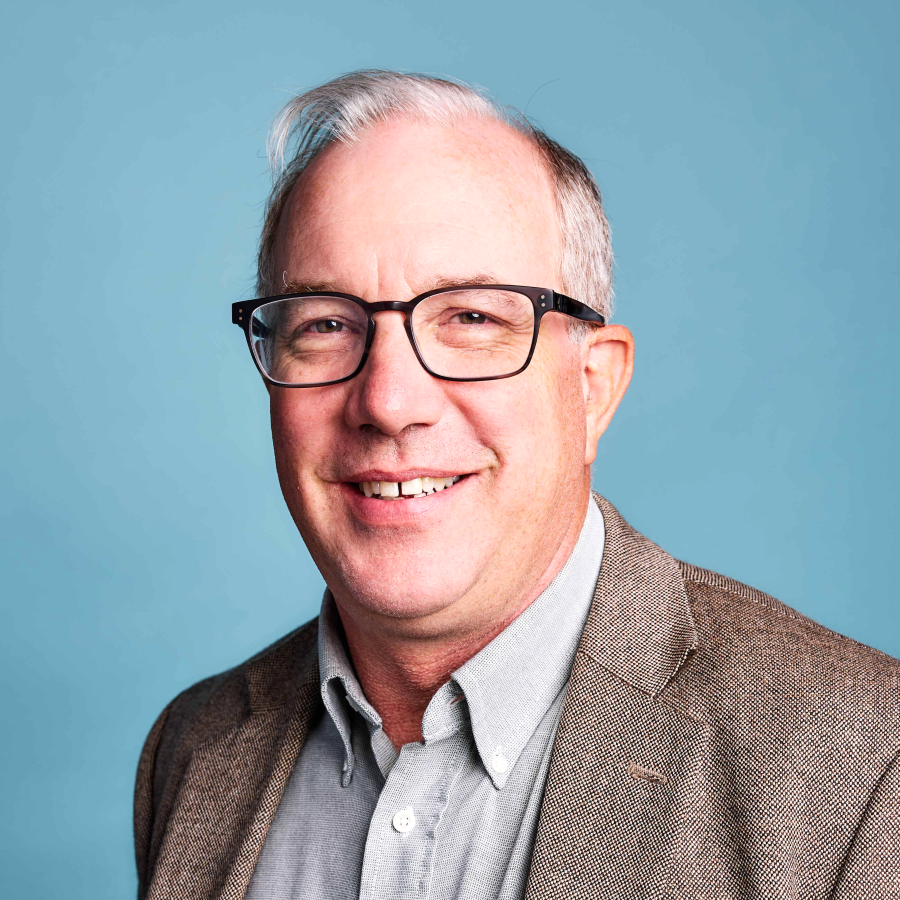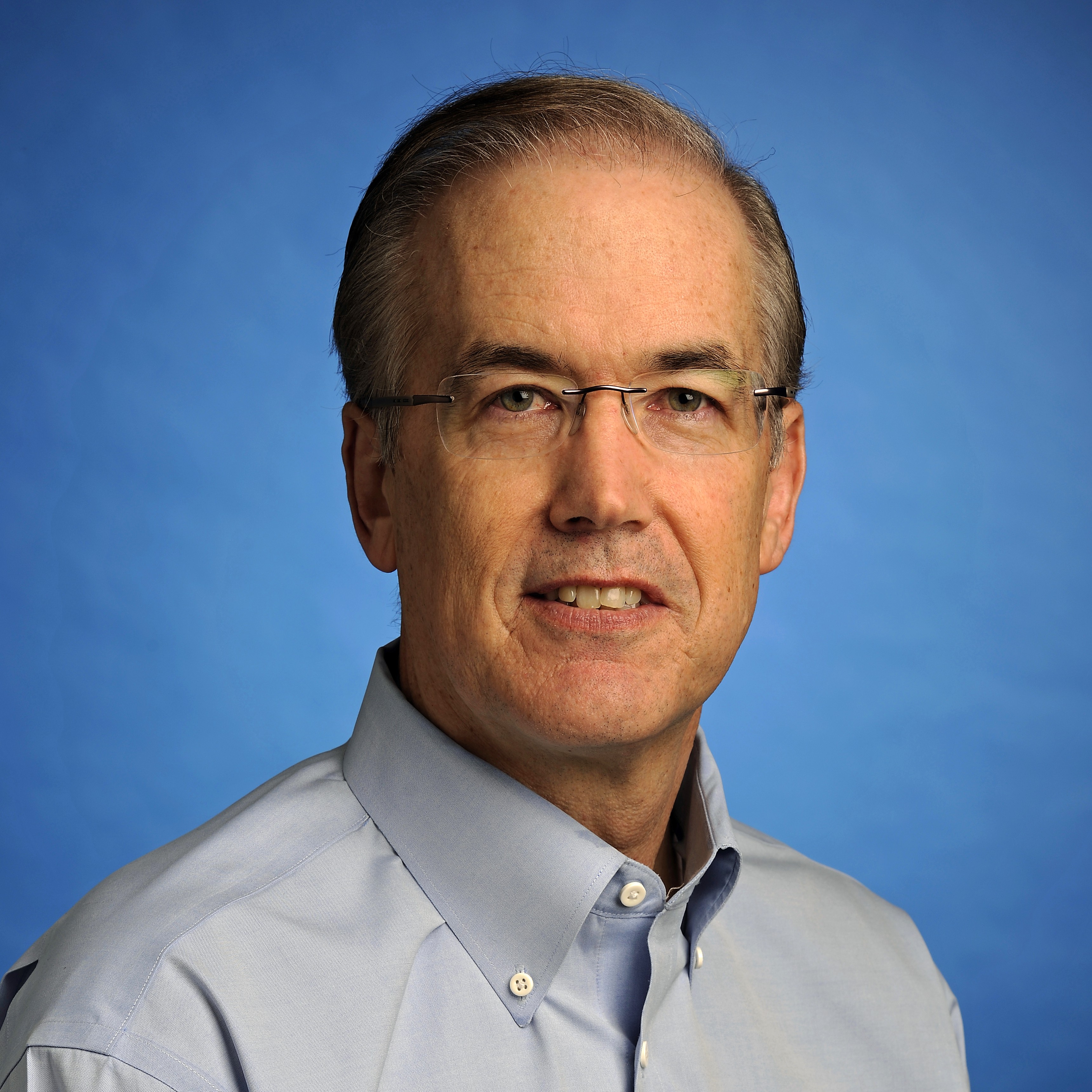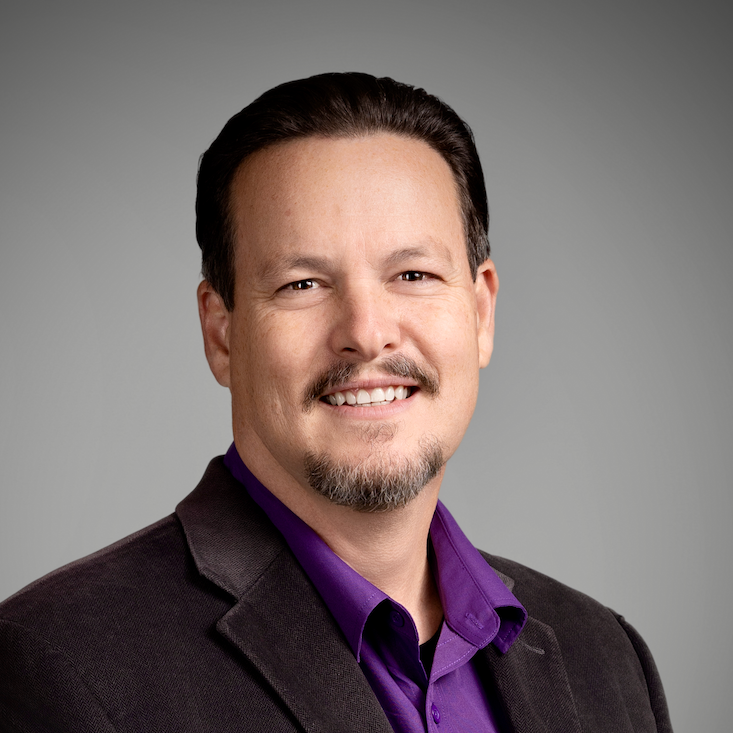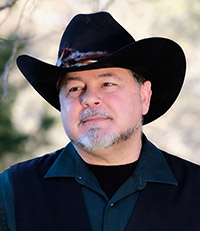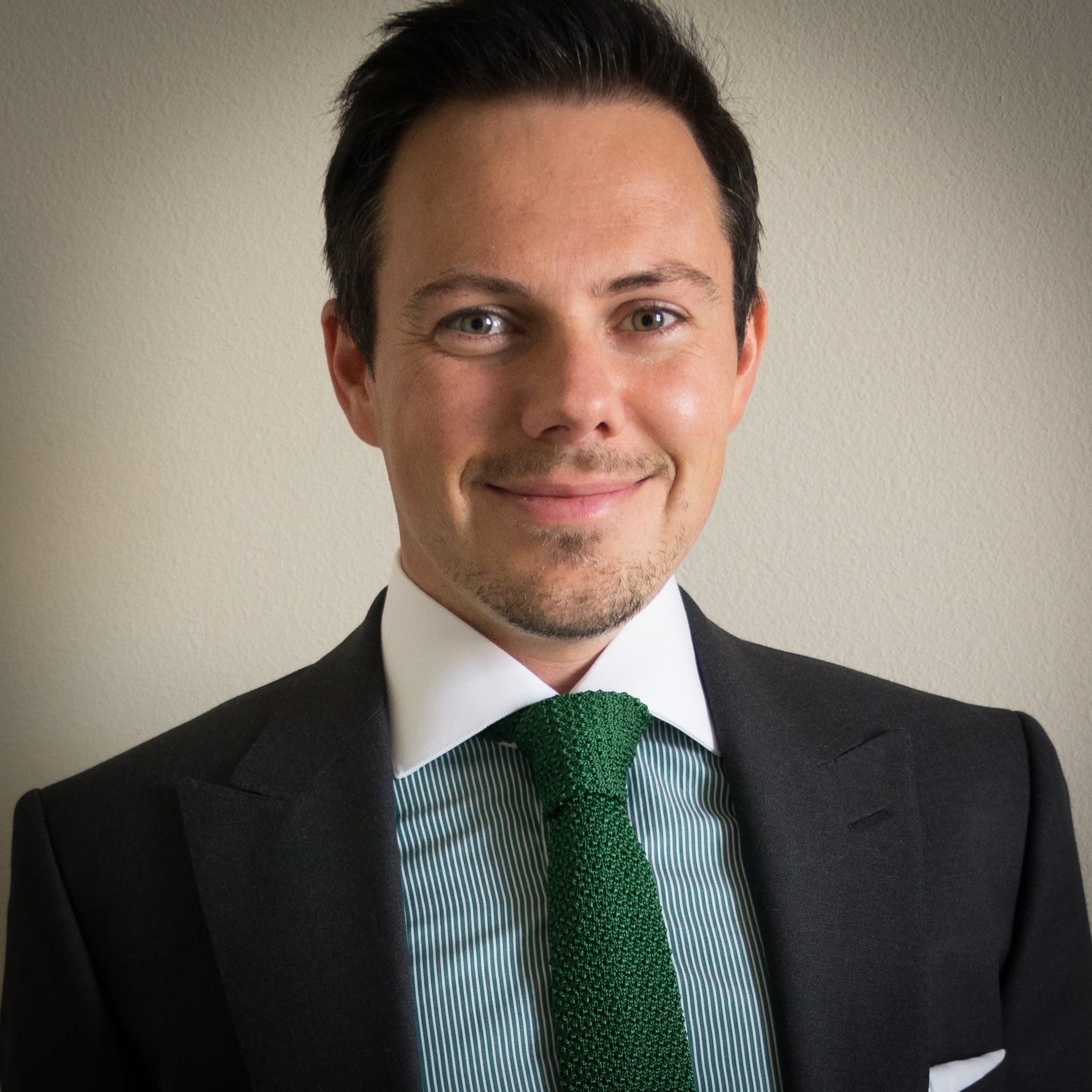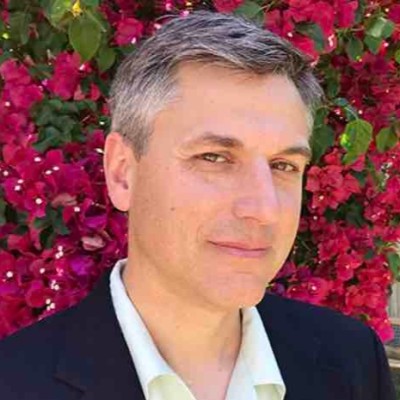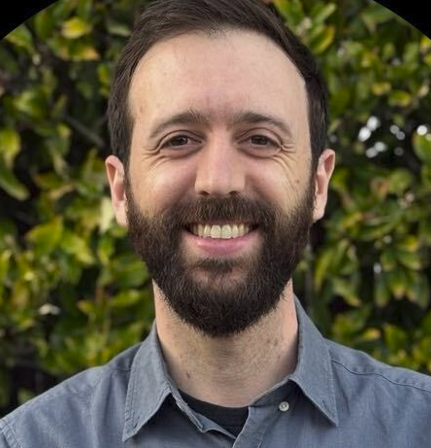
Storage Blending: The Evolving Role of HDD and SSD in Data Systems for an AI and Analytics Era

Santa Clara Ballroom
Tue Sep 16 | 9:25am
Abstract
As the rapid expansion of AI and analytics continues, storage system architecture and total cost of ownership (TCO) are undergoing significant transformation. Emerging technologies such as HAMR in rotating storage and high-capacity, data center-grade QLC in flash promise to redefine the landscape for both hyperscale and OEM data storage solutions. But what will that evolution look like?
This panel brings together a distinguished group of industry experts to explore a wide range of perspectives—from hyperscaler and OEM viewpoints to strategic insights from both solid-state and rotating media technologists. Together, they will examine how shifting performance, density, and cost dynamics are reshaping storage architecture in an AI-driven future.
Panel Lineup:
* Madhavan Ravi – Hardware Systems Engineer, Meta. Designs and deploys storage hardware for exabyte-scale distributed systems.
* Curtis Ballard – Distinguished Technologist, HPE. Focuses on storage architecture and next-generation technology strategy.
* Currie Munce – Senior strategist for capacity storage architecture, Micron Technology; former Vice President.
* Mohamad El-Batal – Chief Technologist, Cloud Systems Group, Seagate Technology.
* Moderator: Steven Wells – Retired Fellow of SSD storage architecture (Intel, KIOXIA, and Micron).
Related Sessions
Welcome Remarks and Keynote Introduction
Join us for announcements and a preview of our keynote lineup.
Storage.AI™ from SNIA - Industry Leaders and Partners Join Forces
AI workloads are extraordinarily complex and constrained by issues related to latency, space, power and cooling, memory, and cost. Addressing these problems through an open industry initiative is the fastest path to optimization and adoption. SNIA recently launched Storage.AI™, an open standards project for efficient data services related to AI workloads. Storage.AI focuses on industry-standard, non-proprietary, and neutral approaches to solving AI-related data problems to optimize the performance, efficiency, and cost-effectiveness of AI workloads.
Learn how SNIA is putting its 25+ year track record of developing industry standards and technical accomplishments to work along with its partners and the support of industry leaders to progress Storage.AI ― and how you can benefit.
This keynote will conclude with the SNIA Volunteer Awards Presentation.
SNIA and OCP - Driving Open Storage and Networking
This talk will focus on areas of SNIA and OCP community overlap and collaboration, discussing our new alliance and OCP work areas as they relate to SNIA technical work groups:
- OCP's Storage top-level project and 3 workstream
- OCP's Composable Memory Systems (CMS) project - OCP's Open Systems for AI strategic initiative and Open Cluster Designs for AI
- OCP's Networking project and OCP FTI workstreams: DCC and SROI
- Other OCP areas of interest to the audience hardware management, cooling, OCP S.A.F.E certification of equipment
State of the HPC-AI Market ― Highlights from End-User Research on Technology Gaps for HPC and AI
Drawing from recent surveys of the end user members of the HPC-AI Leadership Organization (HALO), Addison Snell of Intersect360 Research will present the trends, needs, and "satisfaction gaps" for buyers of HPC and AI technologies. The talk will focus primarily on the Storage and Networking modules of the survey, with some highlights from others (e.g. processors, facilities, cloud) as appropriate. Addison will also provide overall market context of the total AI or accelerated computing market at a data center level, showing the growth of hyperscale AI, AI-focused clouds, and national sovereign AI data centers, relative to the HPC-AI and enterprise segments, which are experiencing diminishing influence in a booming market.
Maximizing the Benefits of QLC Flash with Pure's Hyperscale Architecture for Applications Ranging from AI/ML to HDD Displacement
As data growth accelerates in the age of AI, hyperscalers demand higher-capacity storage solutions that deliver a balanced combination of performance, power, and cost-effectiveness. In this session, we will present how QLC NAND-based Direct Flash Modules (DFM), in conjunction with Pure’s advanced software architecture, allows hyperscalers to take advantage of high-density, higher-performance, and reliable SSD storage compared to HDDs. Pure’s intelligent flash management software abstracts the host software from the underlying NAND technology, enabling faster adoption of newer NAND technologies and providing flexibility with different NAND vendors. With a configurable solution, Pure’s offering enables the adoption of the same solution across multiple use cases, from AI/ML to HDD displacement.
Storage Blending: The Evolving Role of HDD and SSD in Data Systems for an AI and Analytics Era
As the rapid expansion of AI and analytics continues, storage system architecture and total cost of ownership (TCO) are undergoing significant transformation. Emerging technologies such as HAMR in rotating storage and high-capacity, data center-grade QLC in flash promise to redefine the landscape for both hyperscale and OEM data storage solutions. But what will that evolution look like?
This panel brings together a distinguished group of industry experts to explore a wide range of perspectives—from hyperscaler and OEM viewpoints to strategic insights from both solid-state and rotating media technologists. Together, they will examine how shifting performance, density, and cost dynamics are reshaping storage architecture in an AI-driven future.
Panel Lineup:
* Madhavan Ravi – Hardware Systems Engineer, Meta. Designs and deploys storage hardware for exabyte-scale distributed systems.
* Curtis Ballard – Distinguished Technologist, HPE. Focuses on storage architecture and next-generation technology strategy.
* Currie Munce – Senior strategist for capacity storage architecture, Micron Technology; former Vice President.
* Mohamad El-Batal – Chief Technologist, Cloud Systems Group, Seagate Technology.
* Moderator: Steven Wells – Retired Fellow of SSD storage architecture (Intel, KIOXIA, and Micron).


